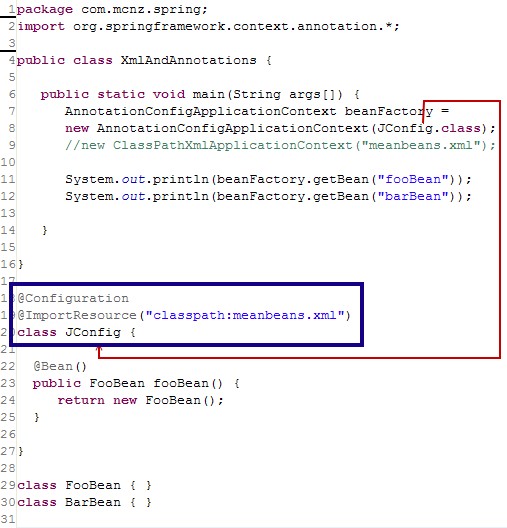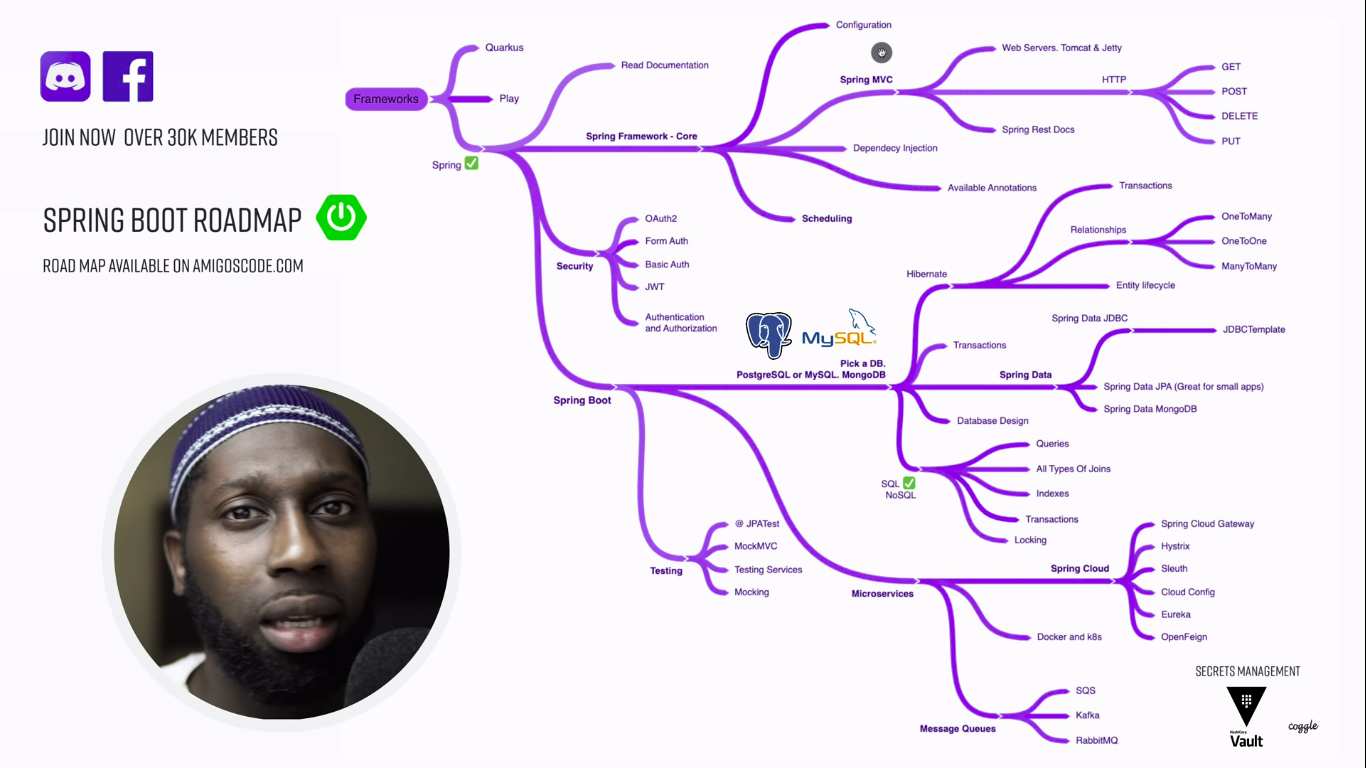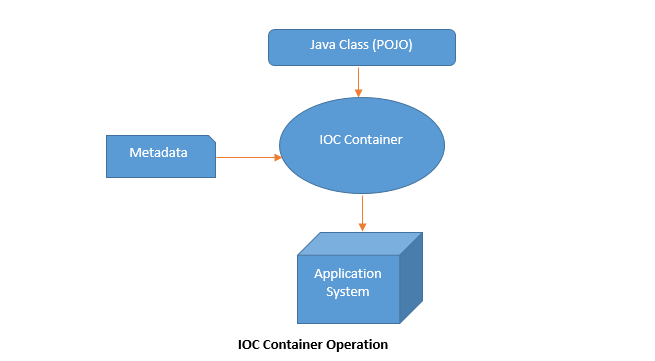Roads & PavementRoads & Pavement
Barefoot
Minimal
Low
Medium
High
Maximal
All around running shoes offer comfort and cushioning for daily runs, jogs, walks, and long mileage. They offer enough versatility for both faster and slower runs and are a great option for those who want one running shoe to do it all.
Fast run or uptempo running shoes are lightweight and responsive. They offer streamlined designs that have minimal uppers and offer a high level of energy return. These shoes are a great option for faster runs in the week or those looking for a livelier experience.
Max Cushion shoes offer premium cushioning with ample ground protection and a stable ride. These types of shoes provide abundant impact protection that softens landings while running at any pace or distance. These types of shoes are best for slower recovery runs and easy days where comfort takes priority.
Racing shoes are designed with optimal performance in mind. These types of shoes have snug-fitting uppers, energetic midsole foams, and features implemented for maximum efficiency. These types of shoes are best for runners looking to gain the ultimate advantage in races but may sacrifice some durability and comfort.
Gym Workout shoes offer a stable and versatile ride. They have a firmer underfoot feeling that provides stability for lateral movements with comfortable uppers. These types of shoes are best for trips to the gyms, cross training, casual wear, and light running. What is Component annotation in Spring What does it do Java67
Road running shoes feature smooth outsoles that are designed for running on paved surfaces such as roads, sidewalks, and bike paths.
Designed to handle most trail runs, these shoes prioritize comfort and a smooth ride. These shoes are great for anything from smooth singletrack, park trails, and fireroads making them ideal for those who run from their doorstep on streets before hitting the trail.
These shoes are best used for hard, rugged trails such as shale, granite or sandstone where grip on smooth surfaces and underfoot protection are important.
Designed for use in muddy, soggy conditions, these shoes feature very aggressive outsoles that dig deep into soft ground for exceptional traction.
These shoes feature technical outsoles designed to grip snowy and icy trails making them ideal for winter trail running.
Cushioning level, or stack height, refers to how much shoe is between your foot and the ground. For this category, we reference the amount of cushioning below the forefoot as the heel height will be equal to or greater than the forefoot height.
Spring Framework Component Service Repository and
0-13mm. The Shoe generally does not have a midsole and feels like there is no cushioning. This shoe is all about feeling the ground underfoot.
14-18mm. The shoe has a thin midsole that allows for a natural running experience. Racing shoes and minimalist shoes are common here. These shoes offer a feeling of being connected to the road or trail.
19-23mm. The shoe has a slightly cushioned feel and may feature added cushioning technologies. Performance training shoes and some trail shoes are common here. These offer protection during footstrike but prioritize a lightweight, grounded experience.
24-28mm. These shoes have a stack height that fall near the middle of the spectrum.The shoes in this category are verstaile and great for all types of runs and distances.
29-34mm. The shoe has a thick midsole and ample cushioning. These shoes are highly protective and absorb more impact than the body.
35mm plus. The shoe has an extremely thick midsole and extra cushioning. The focus is on protection and soft foam underfoot with hardly any ground feel.
Neutral shoes support the foot through a normal range of arch collapse and generally do not have a built-in technology to correct movement.
Stability shoes are a great option for those who overpronate or need added support. These shoes help to limit the inward rolling motion of the ankle while running or walking and assist in guiding the foot straight through the gait cycle. Spring Boot Notes Harshit Yadav
Product Details:
Spring Component Annotation With Example shop, Spring Annotations Cheat Sheet JRebel by Perforce shop, Demystifying the Spring IoC Container What is IoC Container in Spring Spring Tutorial shop, Spring IoC Spring Bean Example Tutorial DigitalOcean shop, Spring Framework IoC Containers Dot Net Tutorials shop, Dependency Injection IoC in Spring Framework Bitshift shop, Spring Core Annotations with Examples shop, Spring Framework vs. Spring Boot pros and cons VM.PL shop, Javarevisited Difference between Autowired and Inject shop, Spring IoC Containers shop, Spring Bean Life Cycle and Callbacks Dinesh on Java shop, IOC Container Component Scope Autowired Annotation 4 Spring Boot Tutorial in Hindi shop, Spring Bean Lifecycle Spring Framework Guru shop, Must Know Spring Boot Annotations shop, java What s the difference between Component Repository shop, Top 10 Spring Boot Annotations You Need to Know in 2024 shop, Top 10 Most Used Spring Boot Annotations GeeksforGeeks shop, Learn About IOC Containers in Spring Framework shop, Spring PDF Spring Framework Programming shop, Spring Boot Notes Harshit Yadav shop, Spring Framework Component Service Repository and shop, What is Component annotation in Spring What does it do Java67 shop, Combining Annotation and XML Configurations in your Spring 3 shop, Spring IoC Spring Bean Example Tutorial DigitalOcean shop, Top 10 Spring Framework Annotations Java Developer Should Learn shop, IOC Container Javainsimpleway shop, Factory Methods Decoupling the IoC Container from the Abstraction shop, Spring Interview Questions and Answers 2024 InterviewBit shop, What actually is bean in Spring framework Quora shop, Spring Framework Series IOC Container by devcat Medium shop, Spring Boot Annotations With Examples JavaTechOnline shop, IoC Containers Learn The Two Major Types of IoC Containers shop, Spring Framework Annotations GeeksforGeeks shop, Javarevisited Inversion of Control and Dependency Injection shop, Java Annotation and XML Bean Configurations with Spring Boot shop, IoC Containers Learn The Two Major Types of IoC Containers shop, Spring IoC Container GeeksforGeeks shop, IOC Inversion Of Control Spring Boot Java shop, Spring Boot Component Controller Repository and Service shop, IOC Dependency Injection Beans Scopes in Spring by Hasan shop, Spring Annotation Based Configuration Types with Example DataFlair shop, Spring Annotations DigitalOcean shop, Inversion of Control and Dependency Injection Let s Code KnownSense shop, Introduction to Spring Core with Annotations. by Dasari Swaroop shop, Spring Annotation Based Configuration shop, Spring IOC Container. In this article we will discuss what by shop, Spring IoC Container shop, Spring Annotations Cheat Sheet shop, 5. The IoC container shop, 5. The IoC container shop, Product Info:
Spring ioc annotations shop.
- Increased inherent stability
- Smooth transitions
- All day comfort
Model Number: SKU#7291027





